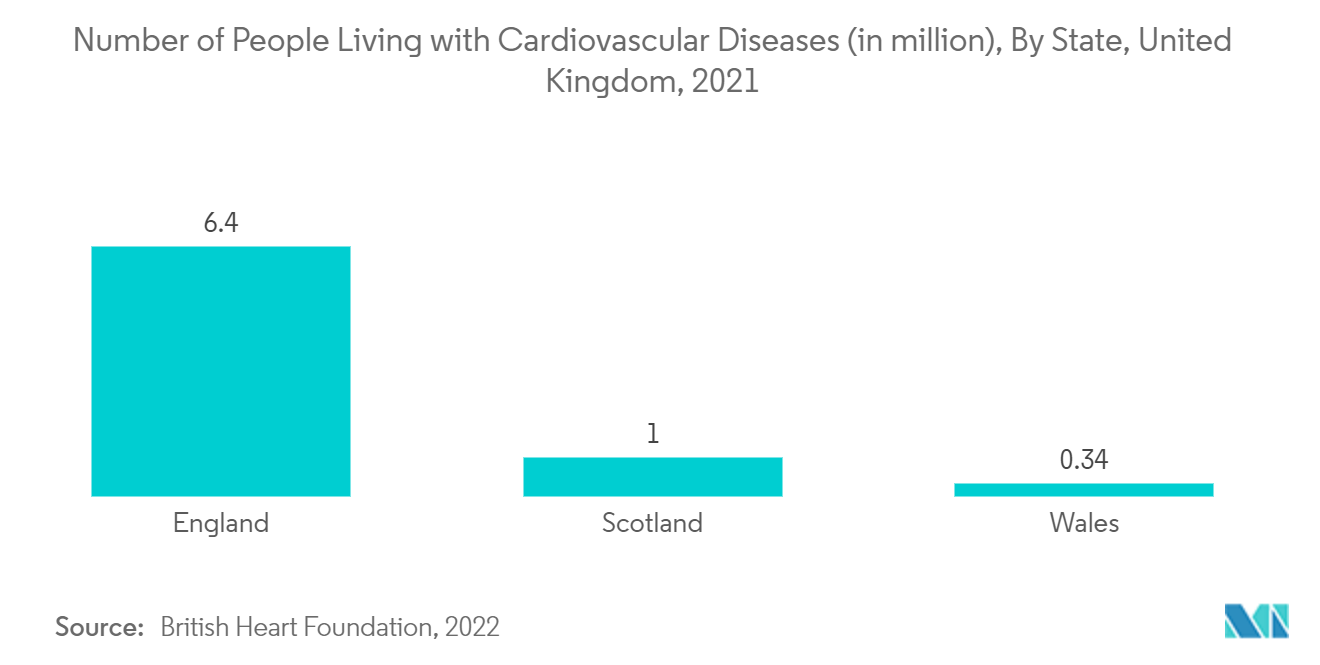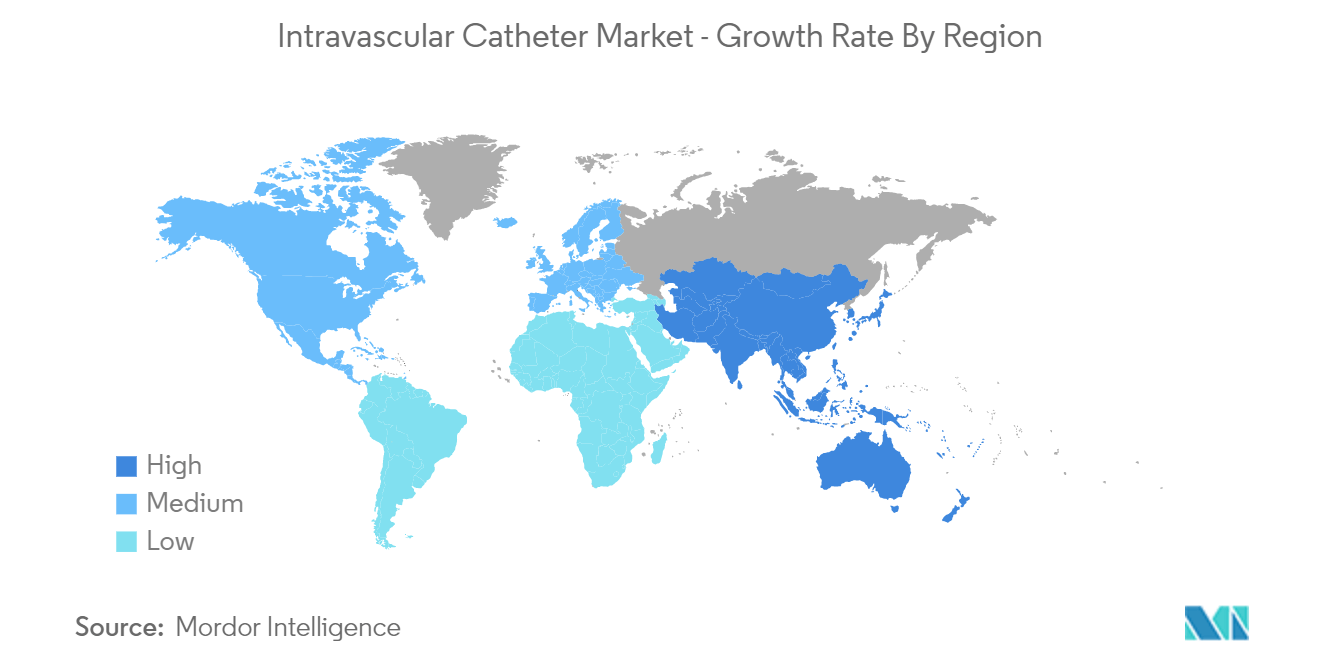Market Trends of Intravascular Catheter Industry
This section covers the major market trends shaping the Intravascular Catheter Market according to our research experts:
Short Peripheral Intravascular Catheters (PIVC) are Expected to Grow Significantly During the Forecast Period
Generally, a peripheral intravenous catheter (PIVC) is a thin plastic tube inserted into a vein using a needle. A short PIVC is a catheter of reduced length that is inserted in the forearm with its tip in a small-caliber vein. Additionally, short PIVCs are over-the-needle catheters that have a hollow metal needle positioned inside the catheter and are generally inserted in superficial veins. The short PIVCs are often called cannulas, venflons, IVs, or drips. These are used in most clinical settings.
The advantages and benefits associated with the short PIVC are anticipated to gain demand among the end users. As per a study published in NursingOpen Journal in March 2022, when a standardized PIVC audit tool was developed to audit hospitalized patients requiring a PIVC insertion, the majority of audited short PIVC were inserted in a ward (57.6%), operating theatre (18.7%) or Emergency Department (ED) (11.6%) without a need for daily dressing on the insertion site. Thus, the high adoption of the devices is anticipated to contribute to the segment's growth.
Additionally, the engagement of market players in product expansion is another factor that is expected to drive the growth of the segment over the forecast period. For instance, the availability of products such as BD Insyte-N Autoguard straight ICs, 14 mm long and the shortest on the market, accommodates small veins and provides a greater choice of insertion sites. Also, these are recommended for fragile veins and low venous pressure. Thus, the availability of such products in the market is anticipated to create competitiveness among the players and contribute to the segment's growth.

North America is Expected to Hold a Significant Share of the Market
North America is expected to hold a major share of the market, and it is predicted to continue the same growth trend over the forecast period. The major factors fuelling the market growth in the region are the increasing prevalence of chronic diseases and the growing number of product approvals.
Cardiovascular disease is one of the major causes of healthcare burden. According to the January 2023 update by the University of California, cardiovascular disease or disorders of blood vessels is the foremost cause of disability and mortality among men and women in the United States. In addition, as per July 2022 data released by Health Canada, about 1 in 12 (or 2.6 million) Canadian adults age 20 and over live with diagnosed heart disease every year. This high prevalence of diseases is anticipated to increase hospital admissions requiring treatments followed by vascular catheterization and vein access. Thereby, it is expected to drive market growth in the region.
Furthermore, several market players are engaged in implementing strategic initiatives such as product innovations and other activities, which are also contributing to the market's growth in the region. For instance, in April 2022, Shockwave Medical, a California-based company, launched its Shockwave M5+peripheral intravascular lithotripsy (IVL) catheter post receiving a CE mark and Food and Drug Administration (FDA) clearance. In addition, in July 2022, Intravascular Imaging Incorporated launched its 3 Fr NIRF-IVUS (Near-Infrared Fluorescence Intravascular Ultrasound) imaging catheter for human coronary imaging. In collaboration with the Massachusetts General Hospital, the catheter was designed and tested ex-vivo in human coronary arteries and in vivo in preclinical studies. These developments are expected to significantly contribute to the competitiveness in the market, augmenting the demand for ICs within the region. Hence, the market is expected to witness significant growth during the forecast period due to the abovementioned factors.


